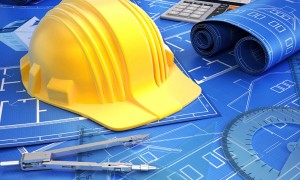hildren today are more exposed to technology than ever before. Lesson plans developed for preschool and kindergarten children can benefit from including a technology component. Computers, as well as tape recorders, video recorders and other technical tools, will help children experience the digital world in fun, new ways that weren’t possible before.
When incorporating computers into the classroom, several factors need to be considered:
For the youngest classroom learners, having computers in a special area of the classroom makes computer time less intimidating then working in a “computer lab” or other special room specifically created for technical learning. Older children can more easily separate topics being taught across multiple mediums, but kindergarten-aged children and younger need short-bursts of technology integrated into their more physical learning style.
With young children, working in small teams of 2 to 3 can make computer time more social and help develop teamwork and communication skills, in addition to the core skills being developed with the technology. Incorporating a small-group computer rotation into kindergarten and preschool lesson plans can make it less distracting to others in the classroom.
Children’s educational software has come a long way in the past several years. But for kindergarten-aged children and younger, many of the advances in technology can be overwhelming. While online games and “edutainment” software are excellent supplemental learning tools for older elementary school children, the needs of early learners can easily be lost in the graphics-packed virtual worlds of many educational software packages.
Software developed for first-time computer users should be specifically developed just for them. There is no “one-size fits all” category for educational software. Software created for preschoolers and kindergartners should focus on encouraging and motivating children, provide a sense of accomplishment, and inspire children to explore with all of their senses. As such, the use of audio and video technology is critical.
While simple animated games can help develop hand-eye coordination and generic computer-use ability, they often fail to provide any in-depth learning supplement or any meaningful feedback for the child and the teacher. Software that provides a balance of “electronic worksheets” and open-ended computer play, while focusing on kindergarten and preschool learning fundamentals and offering some method of progress tracking will allow computer time to be more fully integrated into a lesson plan developed specifically for the needs of the youngest learners.
While computer time should never be the majority of any structured learning plan, balancing the use of technology with appropriate “off-line” developmental activities helps prepare children for the digital world they’ll grow up in.










